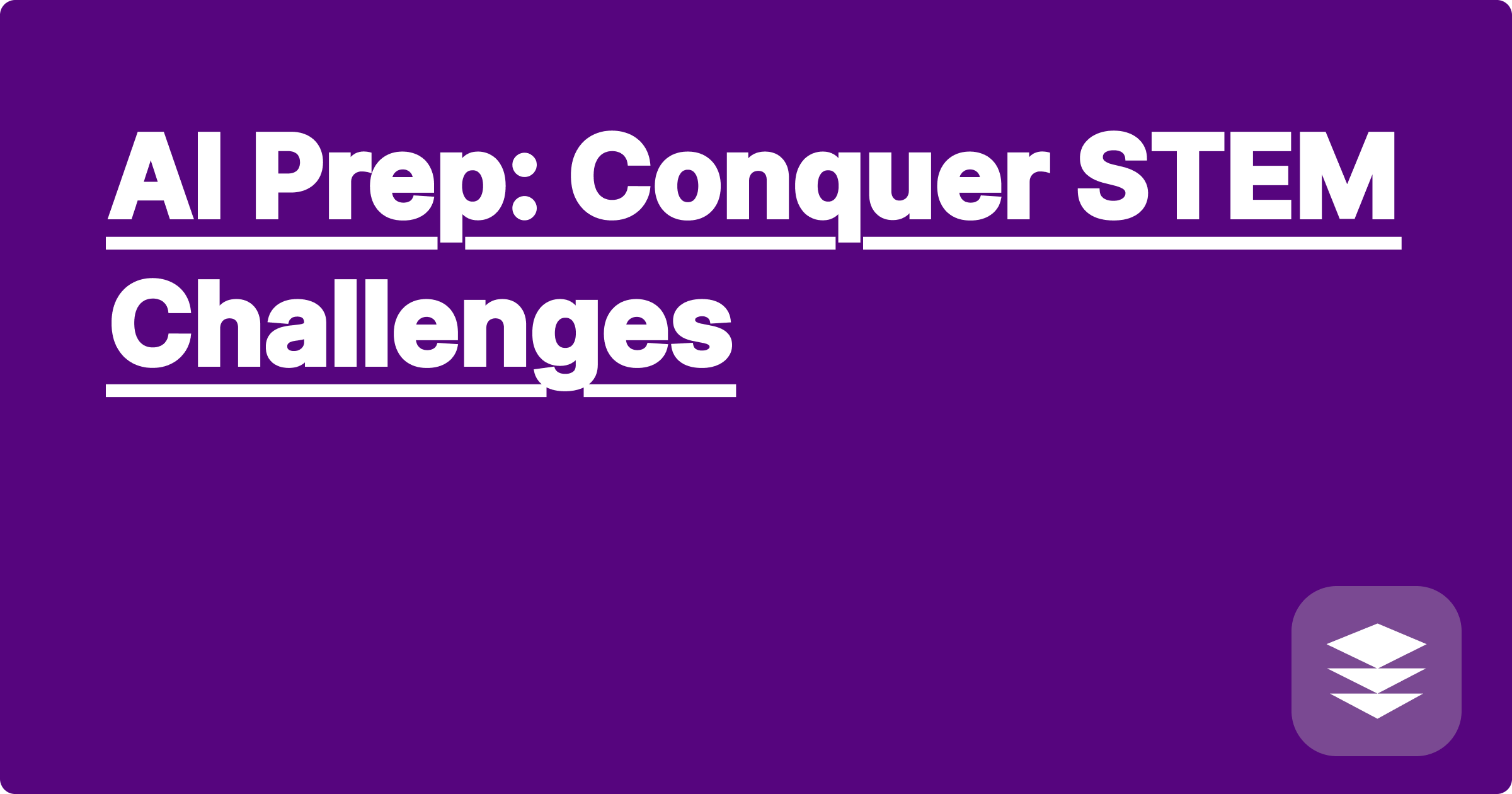
The world of STEM (Science, Technology, Engineering, and Mathematics) is thrilling, challenging, and constantly evolving. It demands rigorous analysis, complex problem-solving, and a deep understanding of fundamental concepts. However, the sheer volume of data, the intricate nature of research, and the pressure to publish can often feel overwhelming for students and researchers alike. Fortunately, the rise of Artificial Intelligence (AI) offers a powerful arsenal of tools to navigate these complexities and unlock unprecedented levels of productivity. This blog post will explore how AI, specifically focusing on data analysis and visualization, can revolutionize your STEM journey, transforming challenges into opportunities.
Imagine having a virtual research assistant by your side, capable of sifting through mountains of data, generating insightful visualizations, and even helping you draft your research papers. This isn't science fiction; it's the reality of AI-powered tools readily available today. We'll delve into practical strategies and real-world examples to demonstrate how these tools can streamline your workflow, amplify your research impact, and ultimately, help you conquer the challenges of STEM.
STEM fields are inherently data-driven. From analyzing experimental results in biology to simulating complex physical phenomena in engineering, data is the lifeblood of scientific progress. However, traditional data analysis methods can be time-consuming and require specialized expertise. Students often struggle with complex statistical software, coding languages like Python or R, and the intricacies of data visualization. This can create a bottleneck in the research process, delaying projects and hindering the discovery of meaningful insights. Furthermore, keeping up with the ever-expanding body of scientific literature is a daunting task, requiring hours of searching, reading, and synthesizing information. These challenges can lead to frustration, burnout, and even hinder academic progress.
AI-powered tools offer a transformative solution to these challenges. Imagine a virtual AI partner, let's call it GPAI (Generalized Personal AI), that can assist you at every stage of your research. GPAI can analyze your data using sophisticated algorithms, identify patterns and trends that might be missed by traditional methods, and generate compelling visualizations that communicate your findings effectively. Tools like ChatGPT and Claude can help you brainstorm research ideas, summarize complex papers, and even assist with writing and editing your manuscripts. Wolfram Alpha can perform complex calculations, provide step-by-step solutions to mathematical problems, and offer access to a vast knowledge base of scientific information.
Let's walk through a hypothetical scenario. Imagine you're a biology student researching the effects of a new drug on cell growth. You've collected a large dataset of cell counts over time. Traditionally, you might spend hours manually entering this data into a spreadsheet, performing statistical analysis, and creating graphs. With GPAI, you can simply upload your raw data. GPAI can automatically clean and preprocess the data, identify outliers, and perform statistical tests to determine the significance of your findings. It can then generate interactive visualizations, such as line graphs showing cell growth over time or scatter plots illustrating correlations between different variables. Furthermore, GPAI can connect to online databases to provide relevant research papers and contextualize your findings within the existing scientific literature.
Consider a physics student modeling the trajectory of a projectile. Using Wolfram Alpha, they can input the initial velocity, angle, and other parameters to instantly calculate the projectile's range, maximum height, and flight time. The student can also visualize the trajectory in 3D and explore how changing different parameters affects the outcome. In chemistry, a student synthesizing a new compound can use AI tools to predict the reaction products, optimize reaction conditions, and even design new synthetic pathways. AI can analyze spectral data to identify unknown compounds and predict their properties. An engineering student designing a bridge can use AI-powered simulation software to test different designs under various load conditions, optimizing for strength, stability, and cost-effectiveness.
Integrating AI into your STEM workflow requires a strategic approach. First, identify your specific needs and challenges. Are you struggling with data analysis, literature review, or writing? Then, explore the various AI tools available and choose the ones that best address your needs. Don't be afraid to experiment and try different tools to find what works best for you. It's crucial to remember that AI is a tool, not a replacement for critical thinking. Always validate the results generated by AI and use your own judgment to interpret the findings. Documenting your AI-assisted workflow is essential for reproducibility and transparency. Finally, stay updated on the latest advancements in AI and explore new ways to leverage these tools to enhance your research.
In conclusion, AI is revolutionizing the landscape of STEM education and research. By embracing these powerful tools, students and researchers can overcome the challenges of data analysis, literature review, and even writing, unlocking new levels of productivity and innovation. Start exploring the world of AI today and discover how it can empower you to conquer STEM challenges and achieve your academic goals. Don't hesitate to experiment with different AI tools, find what works best for your specific needs, and embrace the future of STEM learning and research.
AI Robotics Sim: Test Designs Efficiently
AI Quiz Maker: Personalized Learning
AI Biology Solver: Understand Concepts
AI for Research: Data Analysis Power
AI Essay Writer: Improve Your Writing
AI Algebra Solver: Get Unstuck Now!
AI Prep: Conquer STEM Challenges
AI-Powered Lab Notebooks: Boost Efficiency